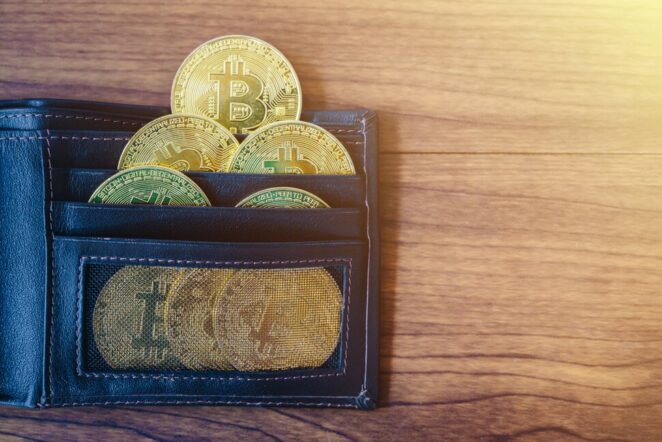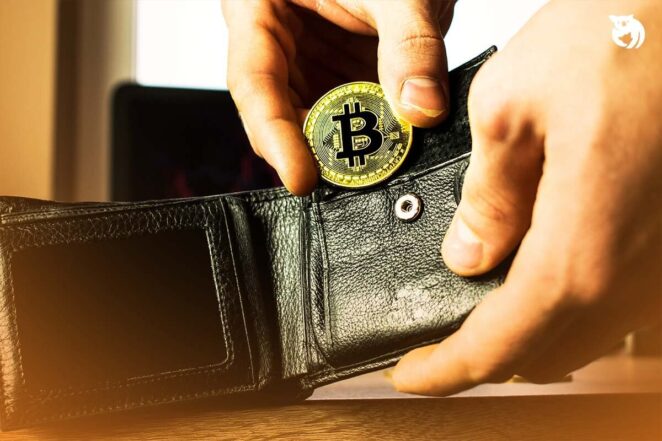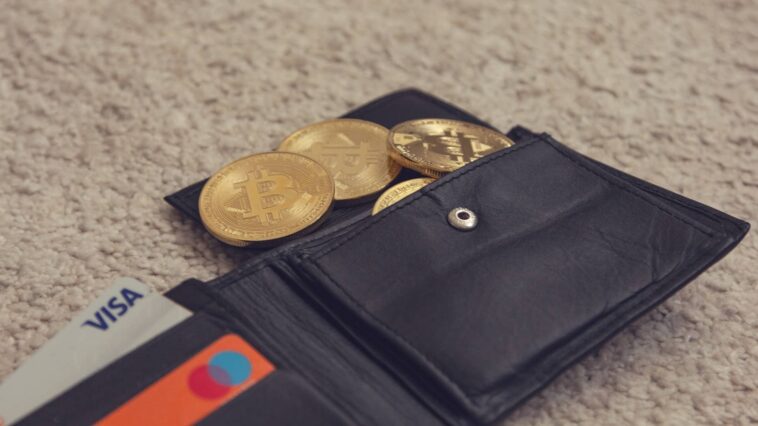Today, more and more people are choosing cryptocurrencies for savings and payments. You can access crypto anywhere in the world, and in many countries it’s possible to quickly withdraw it to any bank card, e-wallet, or even cash. So, let’s consider how to store your tokens to keep them safe.
Types of Crypto Wallets
An important difference between the best Web3 wallet and a regular wallet is that a cryptocurrency wallet doesn’t store coins, but only gives access to the cryptocurrency that is stored in the blockchain. In other words, a wallet is a special “window” into the blockchain, through which you can monitor the status of your account and manage it.
The most popular options are classified by transaction access:
- Hot wallets. These are programs connected to a web service where it’s possible to make transfers easily and instantly.
- Cold wallets. It’s a physical storage (paper or hardware) which doesn’t require an Internet connection to work. A paper wallet can look like a QR code. However, hardware wallets are the most reliable and they look like USB flash drives.
It’s impossible to say which crypto wallet is better. It all depends on the investor’s goals. In general, hot wallets are more convenient to use because they allow you to make transactions quickly and easily, but they are less secure than cold wallets. It’s reasonable to use cold wallets for storing crypto assets of over $10,000. In other cases, you can use hot wallets.
Cryptocurrency wallets can also be divided into two types:
- Custodial wallets, where full access to cryptocurrency belongs to the developer side, not the user. All cryptocurrency exchanges are custodial services. The advantage is the ability to restore private keys using personal data and various additional services. The main disadvantage is low security.
- Non-custodial wallets, where all private keys belong to the user, and, accordingly, holders are responsible for the safety of their coins.
The second type of wallet is the most secure for investors, and it’s most often used in practice.
How Crypto Wallets Work

A cryptocurrency wallet has its address in the form of an identifier in the blockchain. It’s generated using 2 keys: a private key and a public key. To accept a currency, you have to tell the sender the public key: conventionally speaking, this is the name of the wallet. Only the owner has to know the private key: it’s the “access password”.
The scheme of cryptocurrency transactions looks like this:
- The first cryptocurrency wallet owner initiates the transaction and specifies the recipient’s public key.
- The first owner uses their private key to validate the transaction data (sending/receiving address, time, amount, and fees).
- The data block is sent to the blockchain. The miners verify the information and the possibility of the transaction, then give confirmation.
- The owner of the second cryptocurrency wallet uses their private key to decrypt the transaction and gain access to the funds.
This process can differ depending on the selected wallet type.
Security Considerations for Crypto Wallets
A hardware wallet is the safest. The keys will always be with it, and external threats (hackers, viruses) don’t matter.
If you still need a software wallet, it’s worth choosing a non-custodial decentralized one where it’s possible to control private keys and customize personal protection options.
No one can guarantee complete security. However, almost all cases of wallet hacking or loss of funds are the result of irresponsible actions of the owners. That’s why you should:
- create complex passwords and non-trivial secret phrases;
- carefully check outgoing information when making a payment;
- download software only from developer websites;
- keep secret information in a safe place, preferably in handwritten/printed form;
- choose a desktop or mobile wallet based on specific examples of cryptocurrencies, user reviews, and results of official research.
You should always have a backup. Create multiple copies of your wallet and keep them separate from each other. The available copies should be updated regularly.
Making Informed Choices
In the ever-evolving crypto landscape, selecting the right wallet is crucial for the safety of your digital wealth. Different wallets cater to varied needs. For example, hardware wallets, known for their formidable security features, are perfect for those prioritizing safety. On the other hand, hot wallets are more suitable for frequent traders due to their ease of access.
The distinction between custodial and non-custodial wallets cannot be overstated. Your control over private keys—essentially the ‘passwords’ to your crypto assets—depends on this choice. Remember, possession of your private keys means direct control over your funds. Aiming to diversify your crypto holdings? Ensure your chosen wallet supports multiple cryptocurrencies. When you compare different wallets you’re not boxed into specific digital currencies.
Dig into user reviews and the wallet’s standing in the community. These insights can steer you towards trustworthy options. Also, consider transaction fees, backup facilities, and whether it’s mobile or desktop-friendly.
Choosing a Crypto Wallet

When selecting a wallet, consider the following nuances:
- You will always have to choose between maximum reliability and comfort. In the case of cryptocurrencies, the following rule works: the more convenient the wallet to use, the less reliable it is.
- If you need only one crypto, the best practices are the wallet released by that coin’s founders or companies, like Kauri Finance that provide access not only to the wallet, but also to other services in the Web3 ecosystem.
- If you don’t have many tokens and you often trade on the exchange, the best storage option is an account of the cryptocurrency exchange itself. However, it’s still advisable to have a wallet to withdraw digital money.
- Be sure to read the reviews of other users to find out if the wallet provides access to bank services and ensures high protection.
- Comfort is also important. Multiple languages should be supported, and the ease of navigation and additional features, for example, the possibility of manually setting the commission, is also taken into account.
Furthermore, some websites allow you to compare different wallets and read their brief characteristics.

Summary
Overall, the wallet you choose to store your tokens depends on your knowledge, the amount of savings, and the desired speed of access to them. Before choosing a particular way to store your digital assets, study the offered terms of the service and read the user agreement to stay safe.Tokens are pieces of data that authenticate users and grant them access to protected resources on web applications. They are often used in conjunction with APIs, OAuth, and OpenID Connect protocols. But how do you store tokens securely in web browsers, where they can be vulnerable to theft, leakage, or misuse? In this article, we will explore some of the best practices for storing tokens in web browsers, such as using HTTPS, choosing the right storage location, setting expiration dates, and implementing refresh tokens.




